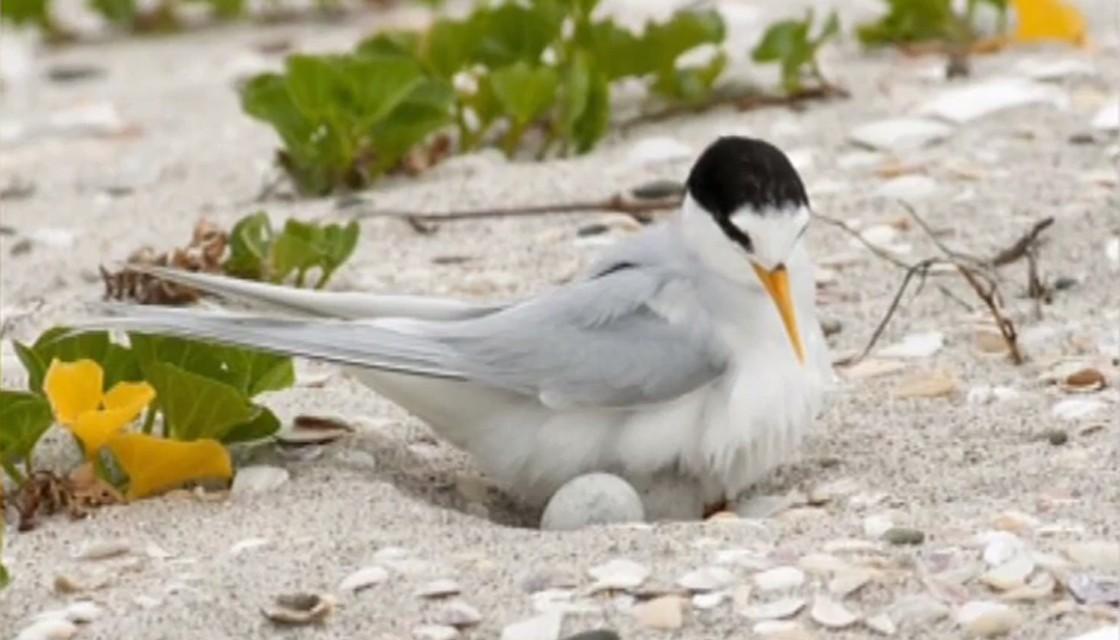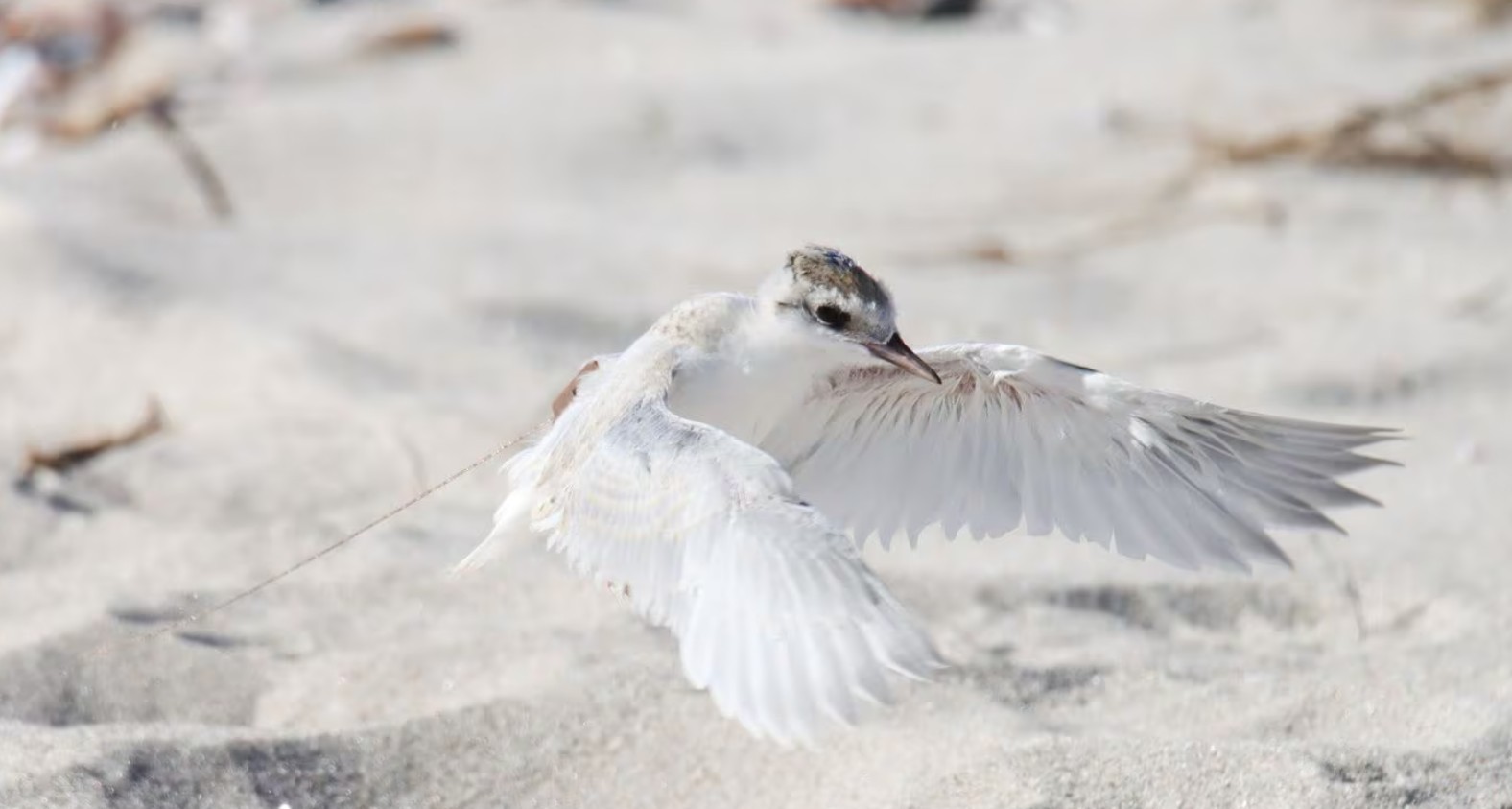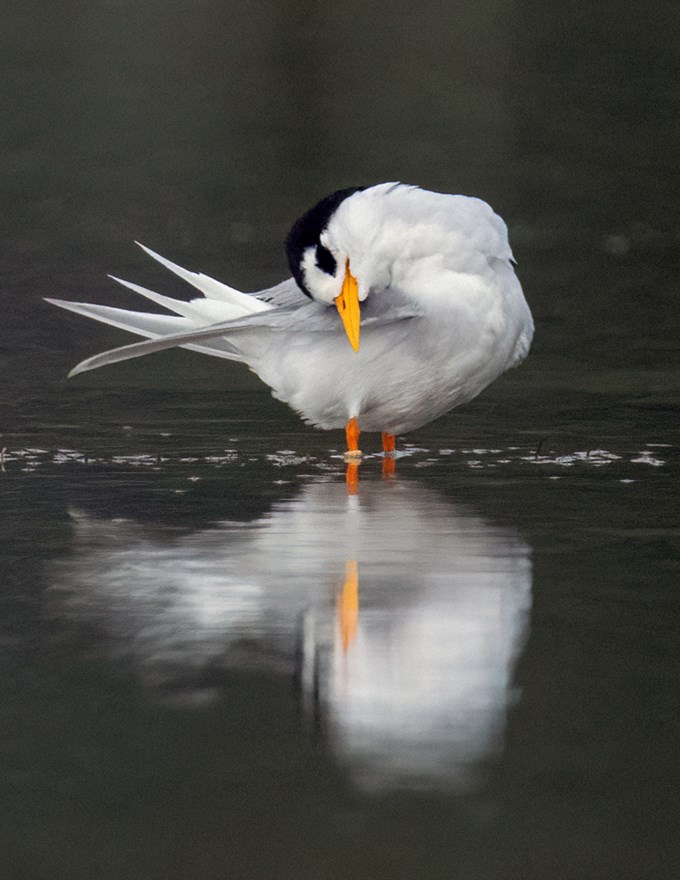New Zealand’s rarest breeding bird has enjoyed a productive nesting season.
New Zealand Fairy Tern – a subspecies of Fairy Tern – is endemic to the country and is also the nation’s rarest native breeding bird, with some 40 individuals left in the wild. It is classed as Nationally Critical on the New Zealand Threat Classification System

However, the Department of Conservation (DoC) is reporting a major success story with 22 eggs laid this season, resulting in 18 hatchlings. Thirteen have already fledged – a major milestone.
Alex Wilson, DoC senior ranger biodiversity, said: “This season marks a remarkable success story, thanks to the continued refinement of our management strategies, the expansion of our predator control initiatives, and notably, the absence of extreme weather events that have plagued us in recent years.”
 As few as 40 New Zealand Fairy Terns remain in the wild (DoC).
As few as 40 New Zealand Fairy Terns remain in the wild (DoC).
High survival rates
The absence of adverse weather and the high survival rate sets this year apart, Wilson added.
This good news is on the back of a hand-rearing strategy by Auckland Zoo aimed at boosting future numbers.
Richard Gibson, Auckland Zoo head of animal care and conservation, commented: “The option to not only rescue weather-imperilled eggs, but also to proactively increase seasonal chick production through intensive management like this holds great promise for elevating numbers and eventually seeing the tara iti [local name for New Zealand Fairy Tern] population reach the critical threshold at which they can again become self-sustaining

“The Zoo feels greatly privileged to be supporting this recovery initiative in this way, with our aviculturists and veterinarians applying their specialist skills both here at the zoo and on site at the release aviaries in Te Arai.”
New Zealand Fairy Tern nests at five coastal locations between Whangarei and Auckland in the North Island. It is threatened by introduced predators, extreme storms and tides, beach activity and waterfront development.





